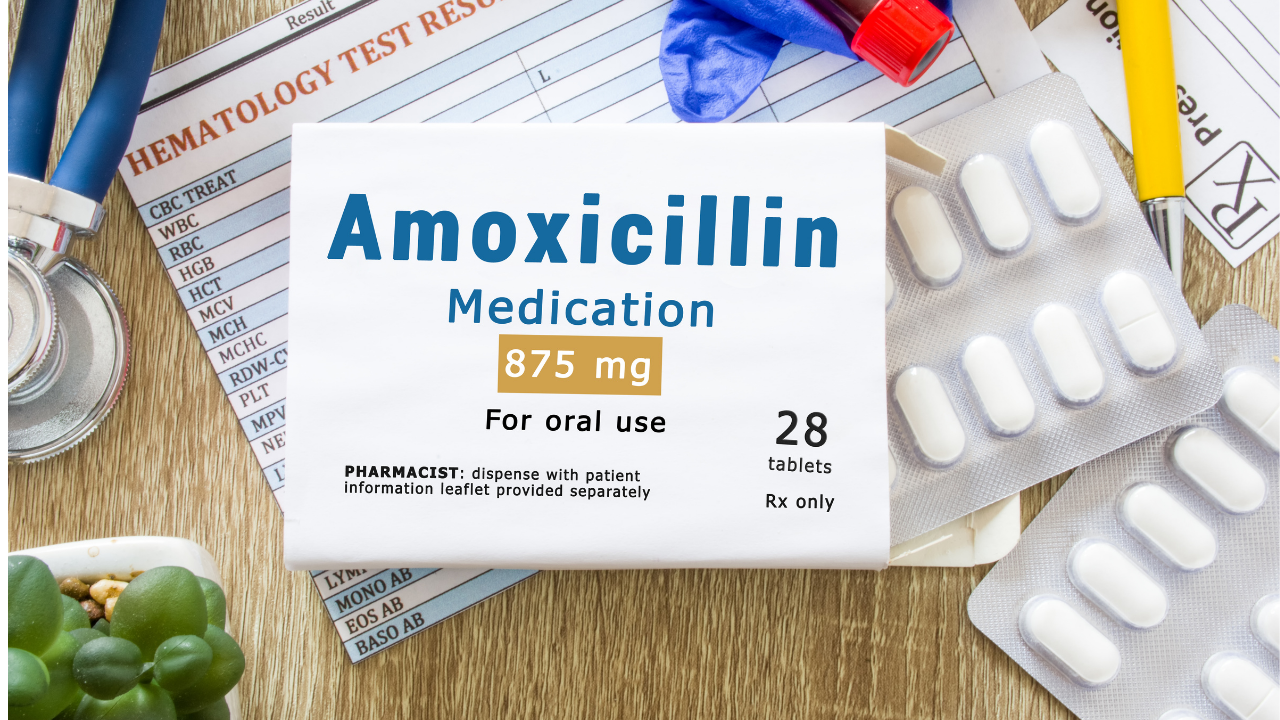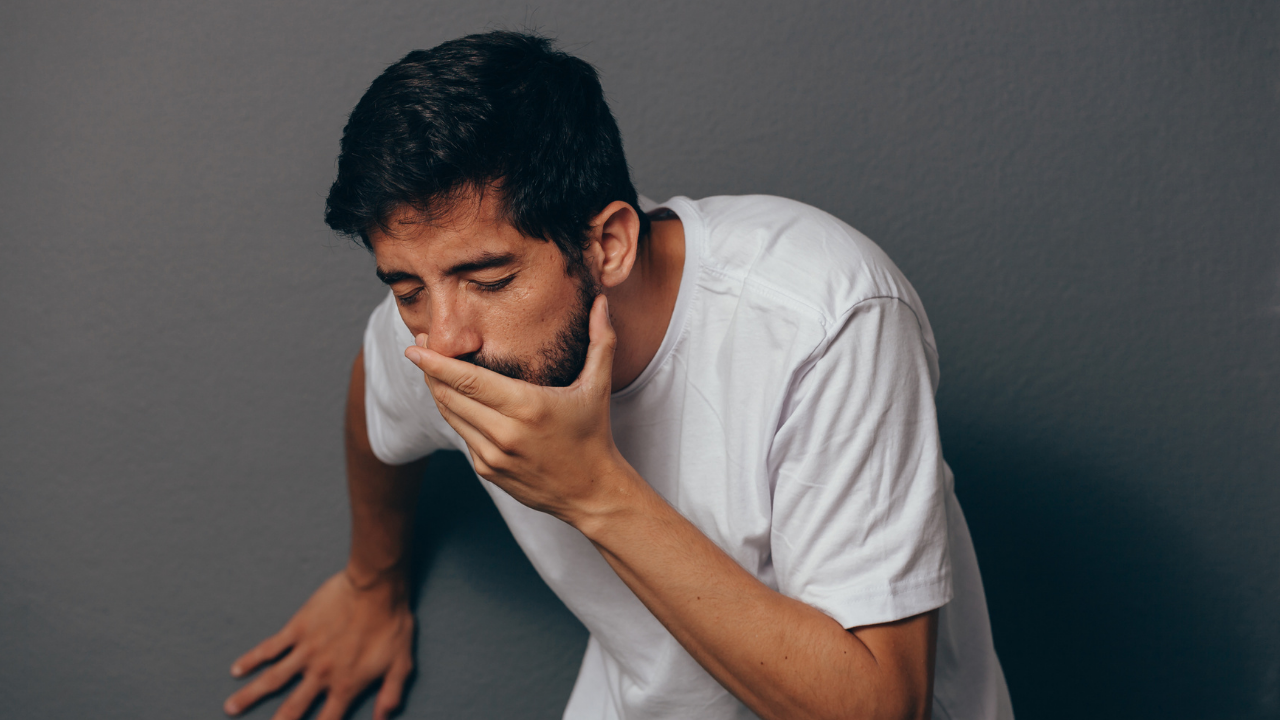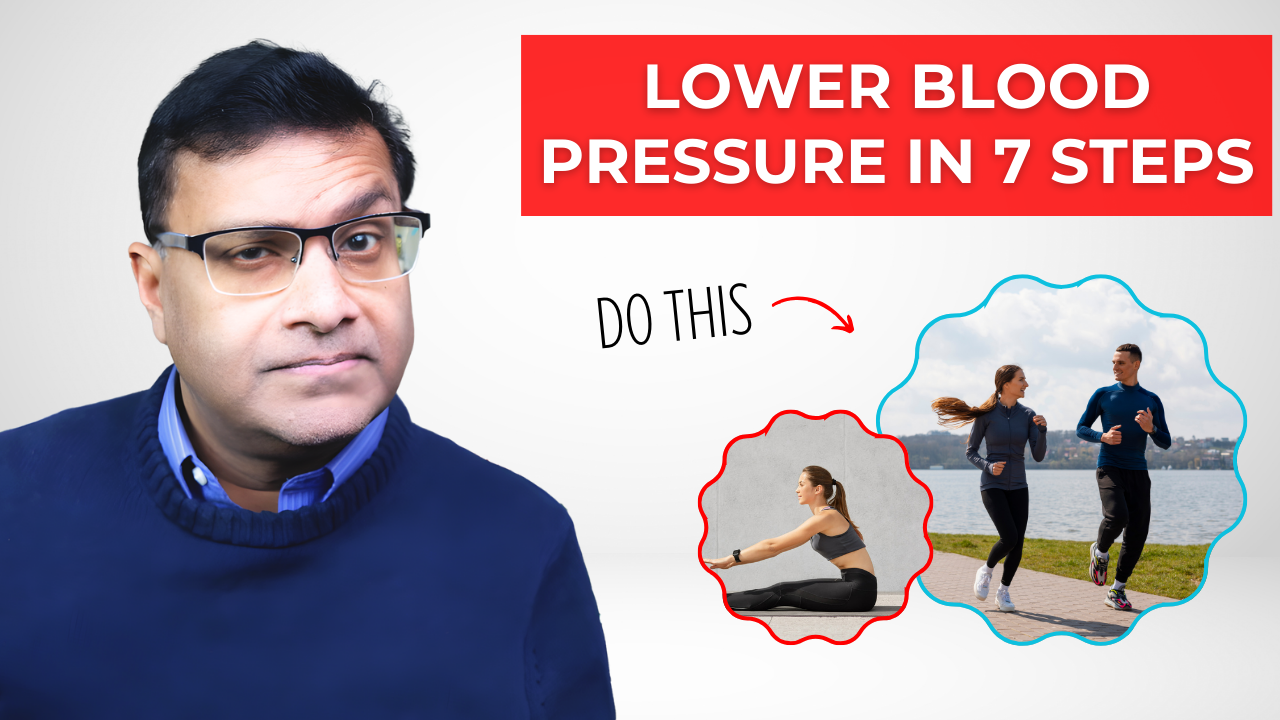 What is Amoxicillin?
What is Amoxicillin?
Amoxicillin is an antibiotic to treat bacterial infections. It can be used to treat a variety of bacterial infections including pneumonia, bronchitis, urinary tract infections, ear, nose, and throat infections as well as infections of the skin and soft tissue.
Amoxicillin can be also used off label to treat Lyme disease as well as used prior to dental procedures for endocarditis prophylaxis. It can be also used together with another antibiotic and a stomach protective medicine(PPI) to eradicate a stomach bug called Helicobacter pylori.
Can Amoxicillin be used to treat viral infections?
No, Amoxicillin can only be used to treat bacterial infections. It has no antiviral activity. If you take Amoxicillin, or for that matter any other antibiotic to treat these viral infections, you would be causing more harm than good as the antibiotic attack bacteria in your body even the beneficial type.
How does Amoxicillin work?
Amoxicillin kills bacteria by creating small holes to appear in the bacterial cell wall. In that way bacteria cannot survive.
Amoxicillin doses and administration?
Amoxicillin comes in a variety of dosage forms: as tablets as chewable tablets, in the form of capsules as well as an oral suspension. The dose for the tablets are 500 milligrams and 875 milligrams the dose for the capsules are two and 50 milligrams and 500 milligrams.
The dosage for the oral suspension as well as chewable tablets you can read in the package given to you by your doctor or pharmacy as they are a variety for doses. This medication can be taken with or without food.
How long does it take before Amoxicillin starts to work?
Amoxicillin should start to work once you have taken in the medication you should start feeling better within 24 to 48 hours.
How long should you take Amoxicillin?
That depends on what your healthcare provider is treating. Follow the instructions by your health care provider because certain infections need to be treated for a certain number of days. Do not suddenly stop taking the medication because you’re feeling better, finish the course of antibiotics as instructed by your healthcare provider.
If you suddenly stop taking the antibiotics you risk a relapse because a small portion of bacteria might remain in your body. More importantly by only taking short courses of antibiotics you can contribute to the rise of antibiotic resistant bacteria.
What are the most common side effects?
There are a number, but the list would be too exhaustive.
Here are some: GI side effects are the most common: diarrhea at 2% and nausea and vomiting each at 1%.Some individuals complain of a headache(1%), rash(percentage not defined), bruising and bleeding (% not defined).
Who should not take Amoxicillin?
If you have had a serious reaction to Amoxicillin or to another Penicillin in the past such as difficulty breathing, swelling of face and throat, or a serious rash your health care provider will offer you another class of an antibiotic .If you have had a reaction to another class of antibiotics called Cephalosporins ( as these antibiotics can cross react with Penicillin such as Amoxicillin) your health care provider can then decide if a Cephalosporin drug is suitable for you or you need to be switched to another class of antibiotic.
Check entire YouTube video here.
12 Valuable TIPS!
-
If you are on this medication and you experience a severe form of diarrhea often accompanied by abdominal pain, you may have rare serious type diarrhea called C. diff associated diarrhea. This can happen even weeks after stopping your antibiotic. Call your doctor right away or go to the nearest ER as it can lead to a severe infection of your colon.

-
A very severe, although rare skin reaction may happen called Stevens-Johnson syndrome/toxic epidermal necrolysis. Signs are red skin, blisters or even peeling skin. You would need to go to the nearest Hospital ASAP!
-
If you are on these medications listed here some that may interact with Amoxicillin (Methotrexate, Warfarin, Allopurinol, Probenecid).
-
If you take the oral form, it can cause tooth discoloration especially with children. Once you stop taking the medication the discoloration should disappear.
-
You should be aware that if you are taking birth control pills and Amoxicillin it can make the birth control pills less effective. You might need to switch temporarily to another form of birth control to prevent pregnancy.
-
If you have a disease called mononucleosis (sometimes also referred to mono), you might develop a skin rash all over your body. Amoxicillin should not be used with this disease. If you are interested in the side effects of other medications check out this video.
-
If you on Amoxicillin and not feeling better after 3-4 days call your health care provider for further instructions.

-
If you are feeling nauseous with Amoxicillin, try taking the antibiotic with some food
-
If you do have diarrhea, remember to drink plenty of fluids, especially water.If the diarrhea persists reach out to your provider to rule out potential other causes.
-
Some products (such as the tablet form) contain Phenylalanine. If you have phenylketonuria(PKU) talk to your health care provider about which type of Amoxicillin you can take.
-
Your doctor will adjust your dose if you have reduced kidney function.
-
Amoxicillin can be taken in pregnancy, however only if the benefits outweigh the risks.





